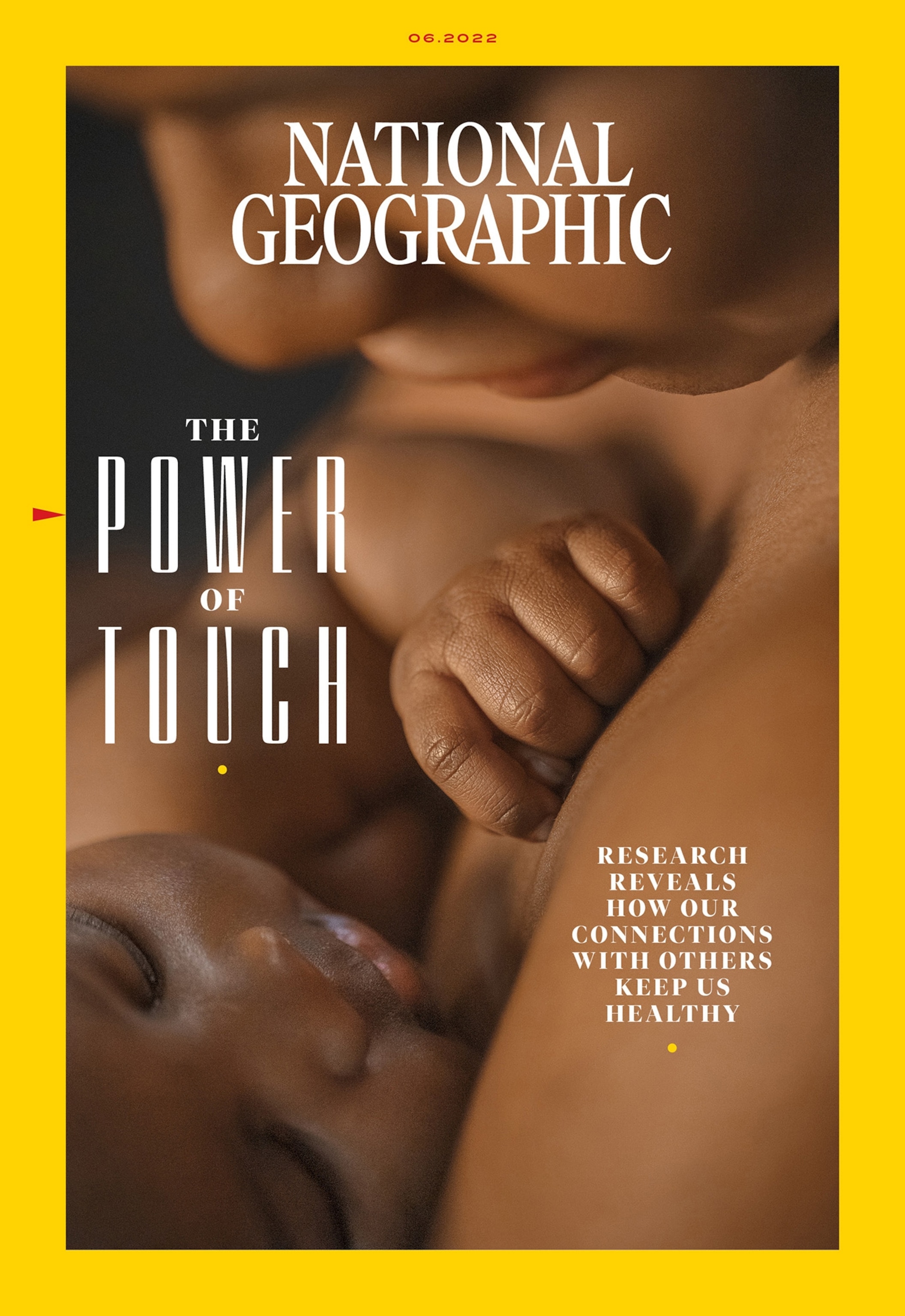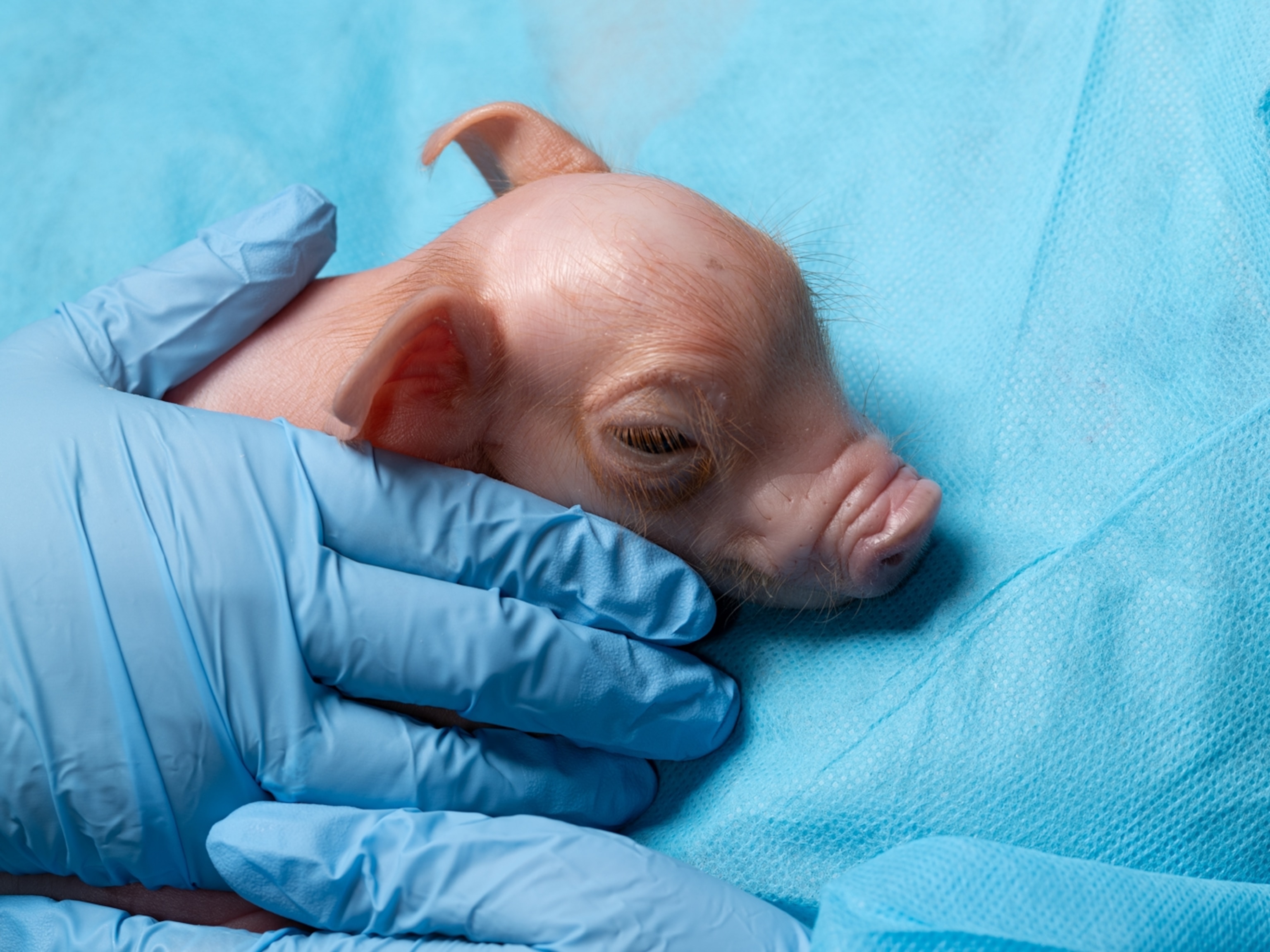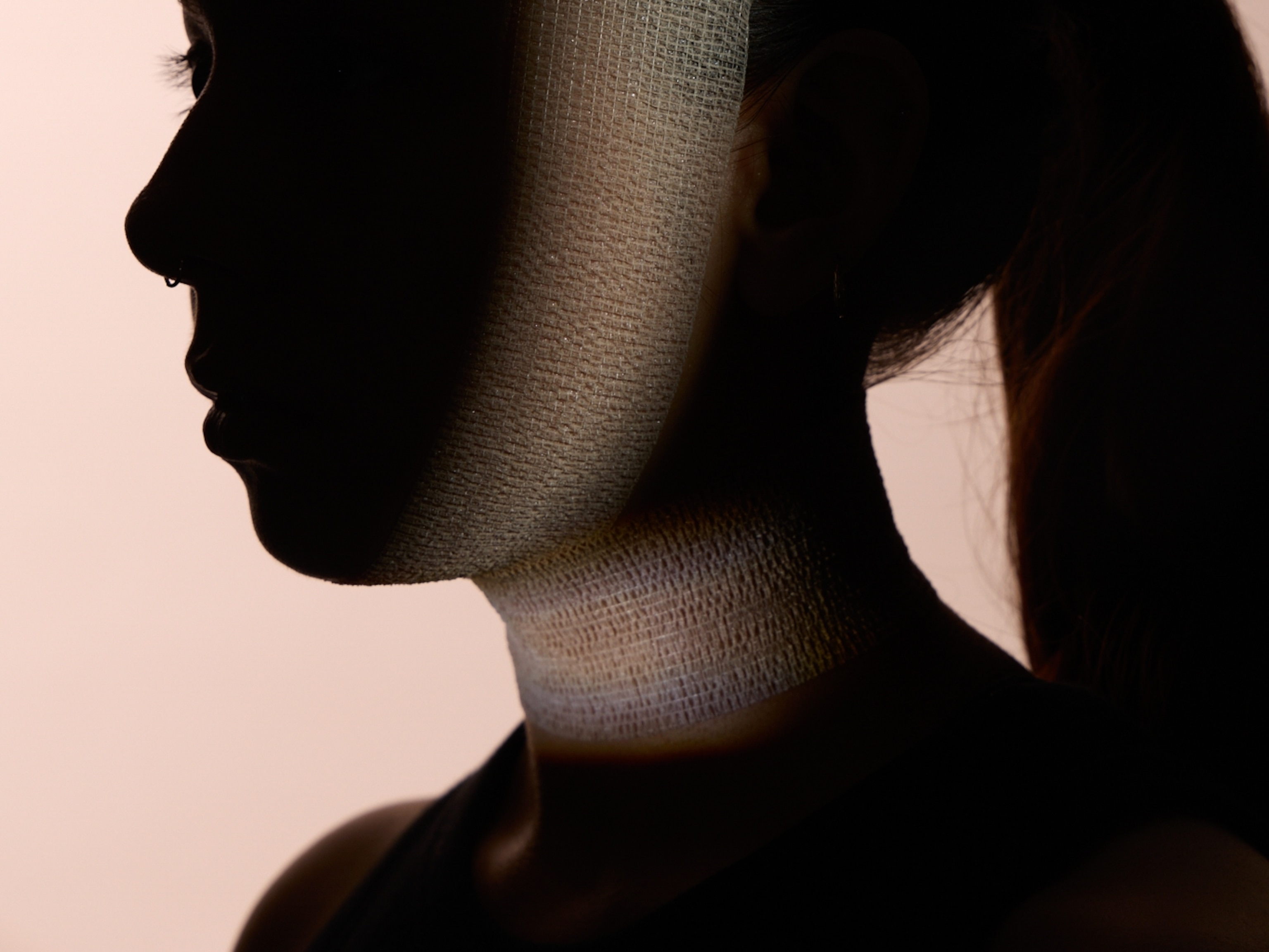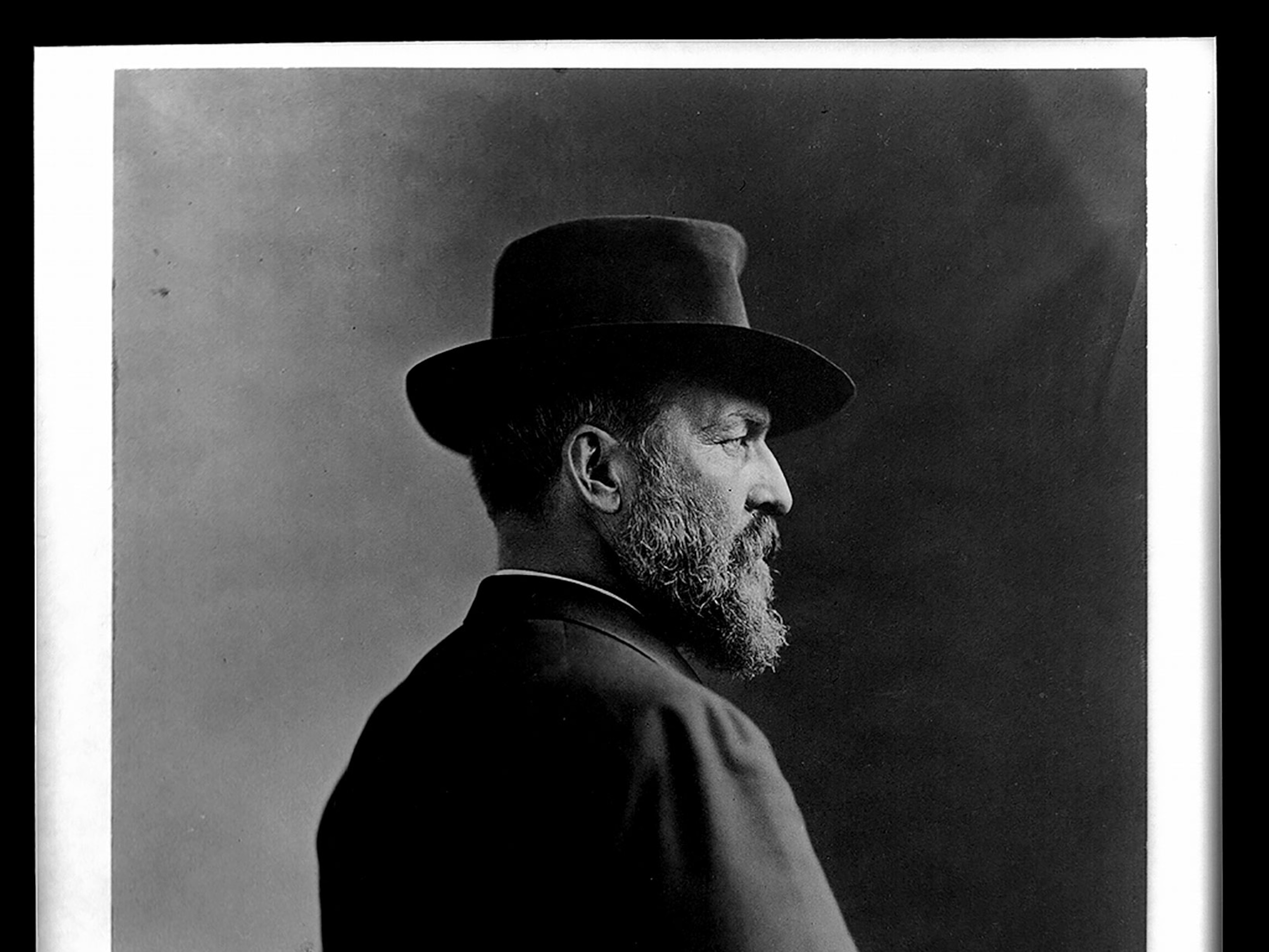How do you capture the ‘essence of touch’—especially during a pandemic?
National Geographic photographer Lynn Johnson likes to document challenging subjects, so she took the time to get personal with a mother and child for the June cover.
Lynn Johnson is no stranger to breaking barriers and exploring the human condition through her photography. A regular contributor to National Geographic, Johnson has photographed dozens of stories for the magazine—including a 2018 cover story about Katie Stubblefield, the youngest face transplant recipient in the United States. For those intimate portraits, Johnson and photographer Maggie Steber were named Pulitzer Prize co-finalists for feature photography.
(Johnson and Steber reflect on the emotional journey of photographing a face transplant.)
Through it all, Johnson has expertly showcased the importance of genuine human relationships. We spoke with Johnson about how she captured this heartfelt image of a mother, Davinia James-Stewart, cuddling her three-month-old daughter, Harper, for the June cover story on the power of touch.
What’s the story behind the cover?
This month’s cover story explores the science of physical connection and why it has such an impact on humanity. The importance of touch came into focus two years ago as the world coped with the isolation imposed by COVID-19. Months spent avoiding handshakes and hugs for fear of an infectious disease only reinforced how essential these connections are for our overall health.
What drew Johnson to this particular project goes beyond photography—it was about being with people. Although pandemic restrictions presented a challenge, Johnson says that was part of the appeal.
“I love stories that are like a puzzle and need to be understood and researched and encoded, then made real in some form,” she says.
For photography to be profound, Johnson says, you need time to build up trust between a photographer and the person on the other side of the camera. It can also be challenging to get emotionally close enough to capture—or “receive,” as Johnson puts it—a good photograph when shooting in a formal studio setting.
Johnson decided that getting physically close to one another—while still being mindful of COVID-19 safety protocols—would help break these barriers. While shooting, she wore a mask and asked James-Stewart from time to time if she was comfortable.
She hopes these images will prompt readers to hug someone they love—and maybe even someone they don’t. Johnson worries that humans have just given up on each other, even though our humanity depends on learning the life-changing stories of other people.
“Human connection is really all we have,” Johnson says. “We have nothing but each other.”

What’s featured on the cover?
In her story, writer Cynthia Gorney explores touch through the lens of science—investigating the possibilities of prosthetic limbs, robots, and surgery that promises to restore one’s sense of touch. But the cover features one of the most crucial forms of human touch: a mother holding her child.
Johnson says she set out to feature a mother and child on the cover because she believed it would speak volumes. She was inspired to explore that most essential relationship after meeting a mother and her daughter, who had cancer. As the mother explained at the time, she took comfort in the simple act of holding her daughter close.
“That is what touch is,” Johnson says, adding that there are “some people you just don’t want to let go of.”
Diversity is important to Johnson. She reached out to several potential subjects and photographed them in their homes, workplaces, or the National Geographic studio for as long as possible. When other family members joined the shoot, Johnson made an effort to include them.
All the women she photographed had life-changing stories—including James-Stewart, who was raised by adoptive parents after her birth mother’s death. Johnson says that all the subjects showed their love for their child in the portraits she took, but ultimately only one image of a mother and child could grace the cover.
She sent apologies to the families that weren’t chosen for the cover. Instead of disappointment, they all expressed gratitude for the experience and the photographs.
“It is the power of photography, isn’t it?” Johnson says. “They have those memories of that time and that sharing, and so it becomes part of the family lore.”
What’s next for Lynn Johnson?
Johnson has multiple projects in the works; she will revisit the Pittsburgh Tree of Life synagogue shooting, where 11 people were killed during worship in 2018. She’ll also continue sharing the stories of people who live on the autism spectrum—an issue that she covered in the May 2020 issue of National Geographic.
In another project, inspired by her recent travel to Adrano, Italy—where there’s a high rate of crime and domestic violence—she will be showcasing the great value and resilience of the women in the Sicilian town.





